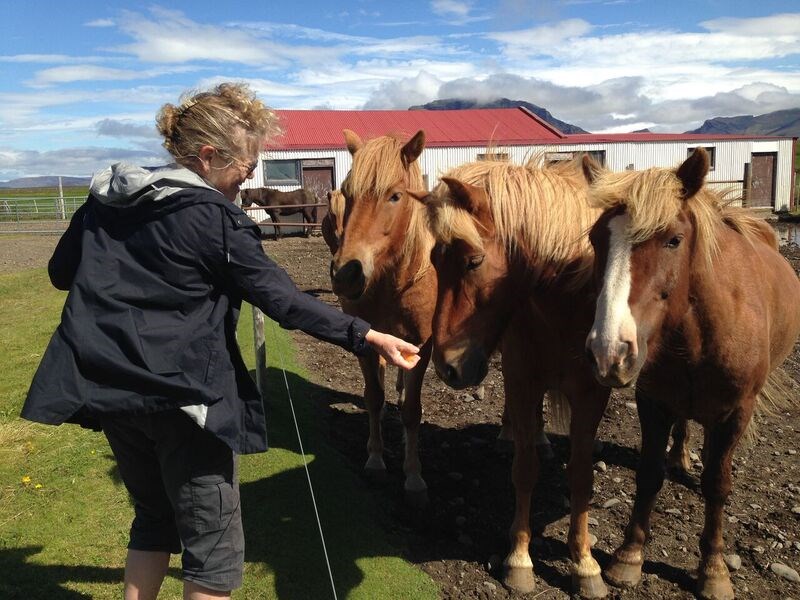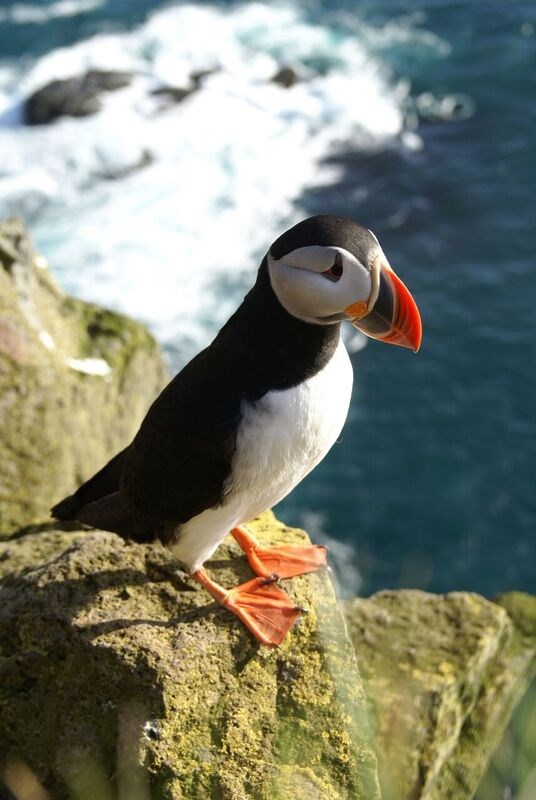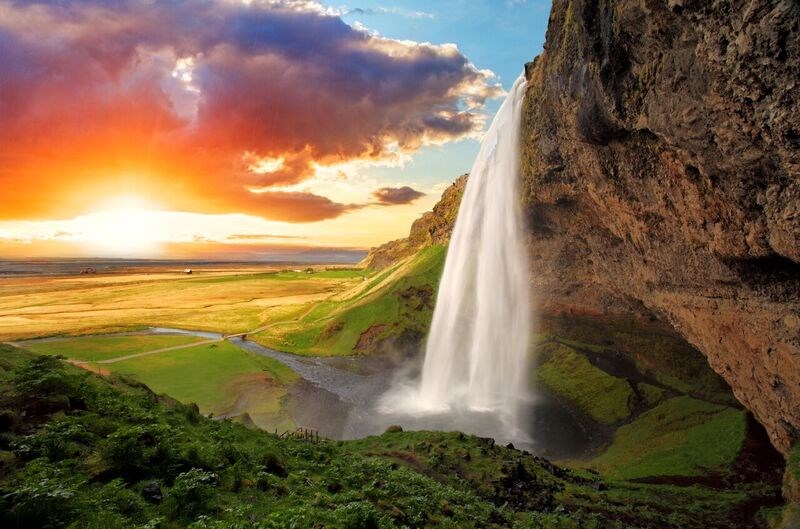Iceland is a destination that’s hard to describe in a few words.
In parts of the island country, rolling green hills dotted with sheep might trick you into thinking you’re in Ireland. In others, lagoons filled with icebergs and flanked by rugged snow-topped peaks evoke thoughts of northern Canada.
And elsewhere in Iceland, which sits high in the Atlantic between Greenland and Norway, you might think you’ve taken a wrong turn and landed on the surface of the moon. Hundreds of years of volcanic eruptions have turned some areas of the country into rock-strewn wastelands, sometimes softened by a rolling carpet of pale green moss.
What you won’t see is a lot of people, except at a handful of tourist sites within a short drive of a cruise-ship terminal. Only about 330,000 people live in Iceland, about two-thirds of them in the capital of Reykjavik. And yes, the sheep outnumber the human inhabitants by a score of about three to one.
Don’t even think about trying to rent a car and see anything off the beaten track in Iceland. You’ll need a four-wheel-drive vehicle to navigate any roads off the main highways, most of which are gravel and some of which require fording shallow rivers to get to your destination. But those molar-rattling roads lead to some of the country’s most spectacular sights.
As well, the availability of accommodations is lagging behind the boom in tourism, which has paradoxically taken off since the eruption of the volcano Eyjafjallajokull snarled worldwide air travel in 2010 and piqued interest in the island. The clerk at one modest hotel I stayed at told me it was booked solid two years in advance, so good luck finding a room on shorter notice.
It’s far easier to book a tour and let someone else look after the driving and accommodations. I signed up with Exodus Travels for their eight-day Discover Iceland tour, which covers the southern part of the country.
Our guide, Hoskuldur (Hoski for short, thank goodness) picked up me and 15 other fellow travellers at our Reykjavik hotel bright and early one morning to set off for Snaefellsnes peninsula on the east coast.

Each day brought us a different version of Iceland’s spectacular scenery. On the first day, we fed apples to Icelandic horses at our picnic spot near a beach where we were dive-bombed by nesting terns. Then we moved on to the fishing village of Arnarstapi, where we hiked a ridge along the ocean to see the spectacular rock formations just off the coast.
Even more impressive was the Eldborg Crater, which we reached after a long hike across a lava field. A steep uphill slog at the end took us to the lip of the crater, where we looked down into the cone of the volcano that last erupted about 5,000 years ago.
The following day brought us our first encounter with the cruise-ship hordes at Geysir, Iceland’s version of Yellowstone National Park. You’ll wonder why a large group of people is standing around with cameras aimed at a rather nondescript pool of water until it suddenly erupts 20 metres or so into the air, something it does every five to 10 minutes.
We ticked off our first two of several waterfalls that day — the towering Haifoss, the second tallest in the country, and Gullfoss, a wide, tiered waterfall that drops into the brilliantly green canyon.
Our small van was put to its biggest test the next day as we bumped down gravel roads in the Fjallabak Nature Reserve, an otherworldly desert landscape of rocks and scrub punctuated by rushing streams that Hoski expertly forded. Our reward was being able to lounge in the natural outdoor hot springs at Landmannalaugar before moving on to a hike in the Eldja fissure, a lush green canyon created by a volcanic eruption more than a thousand years ago. We ticked off our third waterfall of the trip there.
Another day, yet another waterfall — Svartifoss, which stands out from the rest because it cascades over dramatic black basalt columns. But there was even more drama to come. How many places can you see a glacier-filled lagoon in the height of summer? At the edge of Vatnajokull ice cap, we zipped up our jackets to our chins against the chill as we tried to catch on video the spectacular sight of an ice formation crashing and capsizing into the frigid water.

By this point in our trip, we all had shots of dramatically maned Icelandic horses, placid cows, wooly sheep and several species of birds, but we hadn’t yet managed to snap the one iconic Icelandic animal many of us most wanted to see — the puffin. On our final day on the road, our patience was rewarded at Dyrholaey, a nesting area for puffins at the southernmost point of the country. We could swear one was even posing for us on the side of the cliff, turning one way and then the other so we could all capture his profile.
It was only fitting that our trip ended with a visit to two more waterfalls. By then, we were getting a bit blasé about the whole experience until Hoski told us that at Skogafoss, we could actually walk behind the waterfall and feel the power of tonnes of water plummeting off a 60-metre-high cliff. That made the short hike worth the effort.
Don’t expect five-star accommodations in Iceland — especially in smaller communities like the ones we visited, rooms are comfortable, but spartan and often on the small side. And be prepared to share a washroom with your fellow travellers in some locations, since not all rooms have en suites.
But even at some of the most modest inns, the food was fresh and simply, but artfully prepared. That’s something you’ll appreciate after a hard day of hiking. Ditto the geothermal spas located near some of the hotels along the route — soaking your tired legs in a pool of warm mineral water is utter bliss.
Our tour ended back in Reykjavik, where our group gathered for one last dinner in a downtown pub. It’s worth spending an extra day or two exploring the country’s capital, which is full of good restaurants, interesting shops and friendly locals.
But when I close my eyes and think back about my trip to Iceland, I have visions of glacier-filled lagoons and hot springs, geysers and waterfalls, horses and puffins, craters and canyons. It’s hard to think of another small country with such a bounty of natural wonders.
If you go:
Exodus Travels runs hiking, biking and ski trips to Iceland year-round, as well as excursions to see the Northern Lights. The eight-day Discover Iceland tour is one of its most popular trips; be prepared to do a bit more hiking than the “leisurely” activity level described on the site might indicate.
From Vancouver, you can fly direct to Reykjavik on Icelandair.



